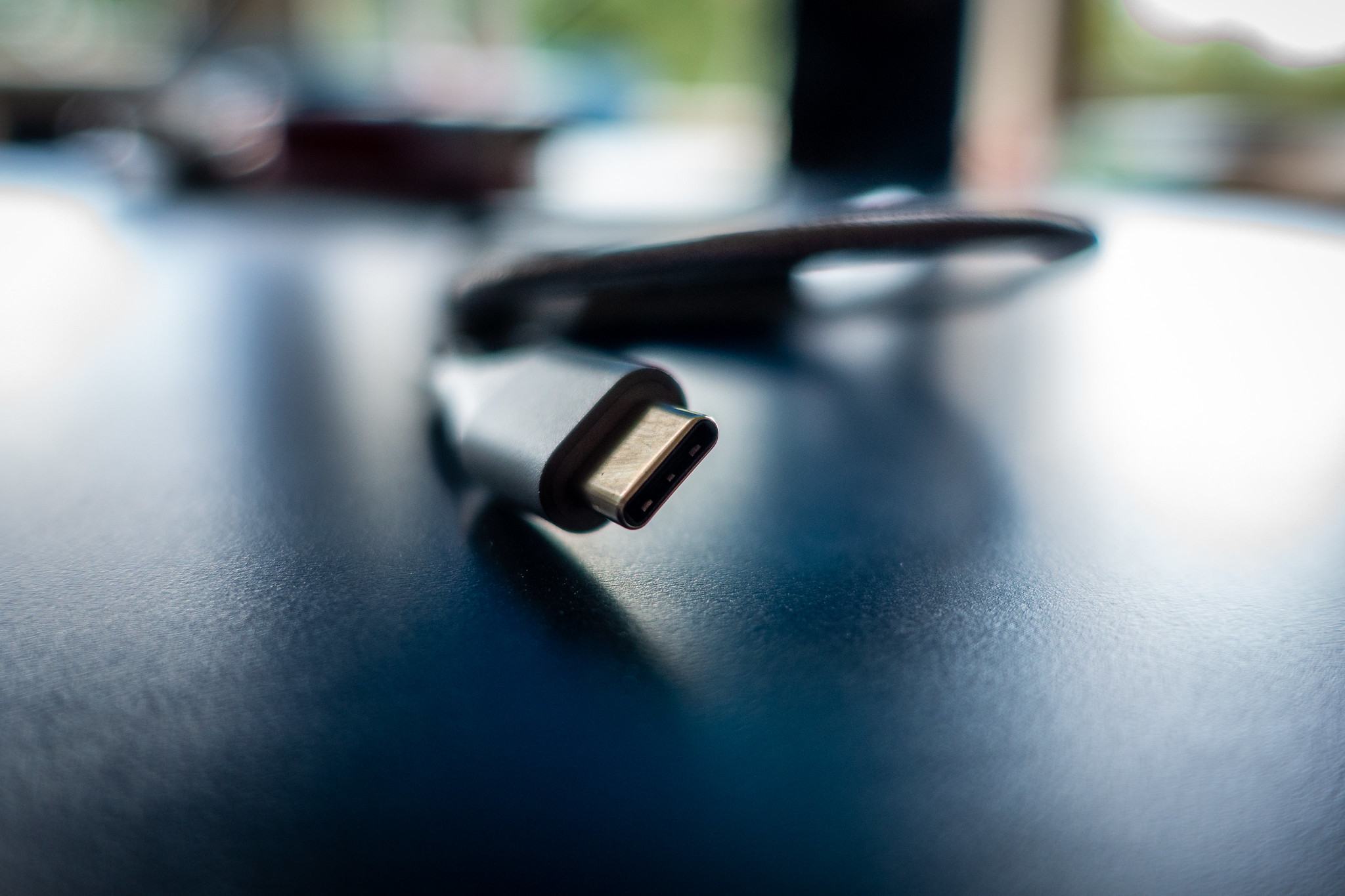The PC I’ve just been building (I’ll reveal all soon), has two USB-C sockets. The case at the front has a USB-C Gen 1 socket, matching the header on the motherboard, which allows 5 Gbps data transmission. The socket at the rear, is USB-C Gen 2, which doubles that to 10 Gbps. Neither of them are Thunderbolt 3 (and definitely not the forthcoming Thunderbolt 4), which also shares the same form-factor.
Why is USB-C so complicated?
In so many ways it’s great.
It’s reversible, so no more awkwardly trying to plug USB-A and micro-USB cables the wrong way around.
It’s becoming pretty universal, with manufacturers moving their phones (except Apple) and their laptops (including Apple) to USB-C as a standard data and charging format.
But that said, I don’t think many consumers realise that there are things like different wattages that come into play to determine how quickly their devices charge. And nor that not all sockets are the same – especially on devices that ship with several sockets of varying specifications.
Two recent cases in point:
- I tried plugging my Samsung T5 portable SSD drive into the USB-C Gen 1 socket on the front of my newly built PC. It wouldn’t work. I was using the stubby USB-C cable that was supplied with the device – the same one that had worked fine, and still worked fine, on every other device I had tried it on. So I swapped out the cable for a generic Anker one. It worked no problem. (I bought a short Amazon Basics USB-C cable for the drive now and that too works a treat).
- I bought a USB-C extension cable with the idea that I might use it to run to the fast rear socket on my PC. But then something else came up. I’m using a cheap HDMI dongle to connect my Sony mirrorless camera to my laptop, in effect using it as a webcam. The HDMI dongle is USB-A 2.0. My laptop only has USB-C ports, so I used the supplied USB-C to USB-A adaptor. No problem! All works well. But the HDMI cable to the camera wasn’t quite long enough. Could I used my USB-C extension? I plugged it in. Of course not. Even though it’s surely just wires, it no longer sees the HDMI dongle.
I realise that there are lots of good reasons why these things might or might not work. In the early days of USB-C, there was a Google engineer who reviewed just about cable he came across on Amazon to see which adhered properly to the specs. More recently, even the Raspberry Pi foundation came a cropper with the release of the Pi 4 and the way it appeared to some chargers (this has since been rectified).
But it’d be really handy if things “just worked” a little better.
By the way, the HDMI dongle is fantastic if you’ve got a decent DSLR or mirrorless camera with HDMI out, that you want to use as a webcam. I bought it for around £10 from eBay after seeing excellent reviews online. In these work-from-home times, premium products that do this from the likes of Elgato are harder to get hold of, and up to 10x the price.

